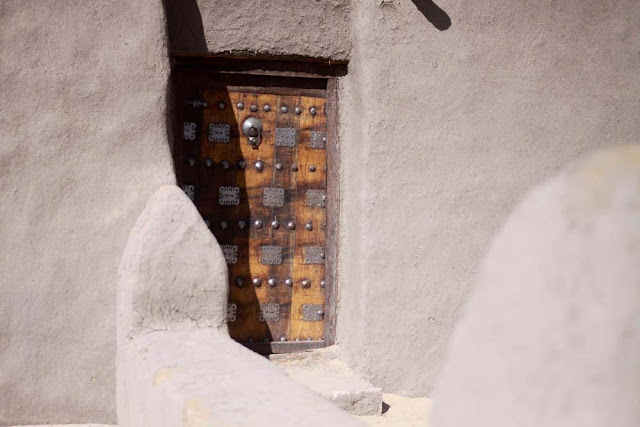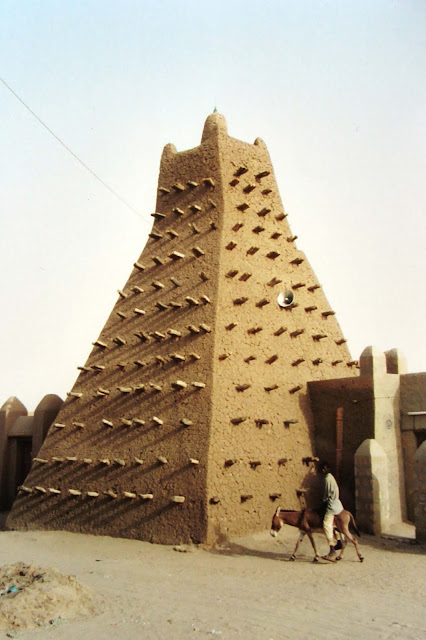Timbuktu, formerly also spelled Timbuctoo, is a town in the West African nation of Mali situated 15 km (9.3 mi) north of the River Niger on the southern edge of the Sahara Desert. The town is the capital of the Timbuktu Region, one of the eight administrative regions of Mali. It had a population of 54,453 in the 2009 census.
 |
| Timbuktu |
Starting out as a seasonal settlement, Timbuktu became a permanent settlement early in the 12th century. After a shift in trading routes, Timbuktu flourished from the trade in salt, gold, ivory and slaves and became part of the Mali Empire early in the 13th century. In the first half of the 15th century the Tuareg tribes took control of the city for a short period until the expanding Songhay Empire absorbed the city in 1468. A Moroccan army defeated the Songhay in 1591, and made Timbuktu, rather than Gao, their capital.
The invaders established a new ruling class, the arma, who after 1612 became independent of Morocco. However, the golden age of the city was over and it entered a long period of decline. Different tribes governed until the French took over in 1893, a situation that lasted until it became part of the current Republic of Mali in 1960. Nowadays Timbuktu is impoverished and suffers from desertification. Several initiatives are being undertaken to revive the historic manuscripts still kept in the city. Meanwhile, tourism forms an important source of income.
Text source:- Wikipedia. Images are copyrighted by their owners. Found any copyright issue, contact the administrator immediately. Report it now!
You have read this article Africa /
Africa Heritage /
Heritage /
Heritage Cultural /
Mali
with the title Timbuktu. You can bookmark this page URL http://tiffanyeatworld.blogspot.com/2011/06/timbuktu.html. Thanks!





















